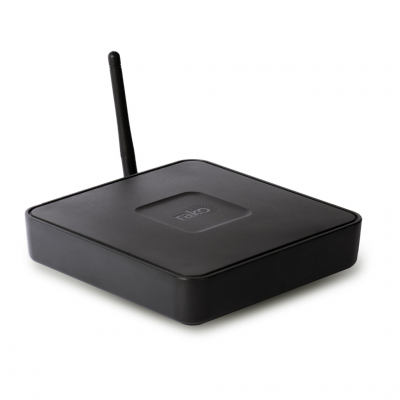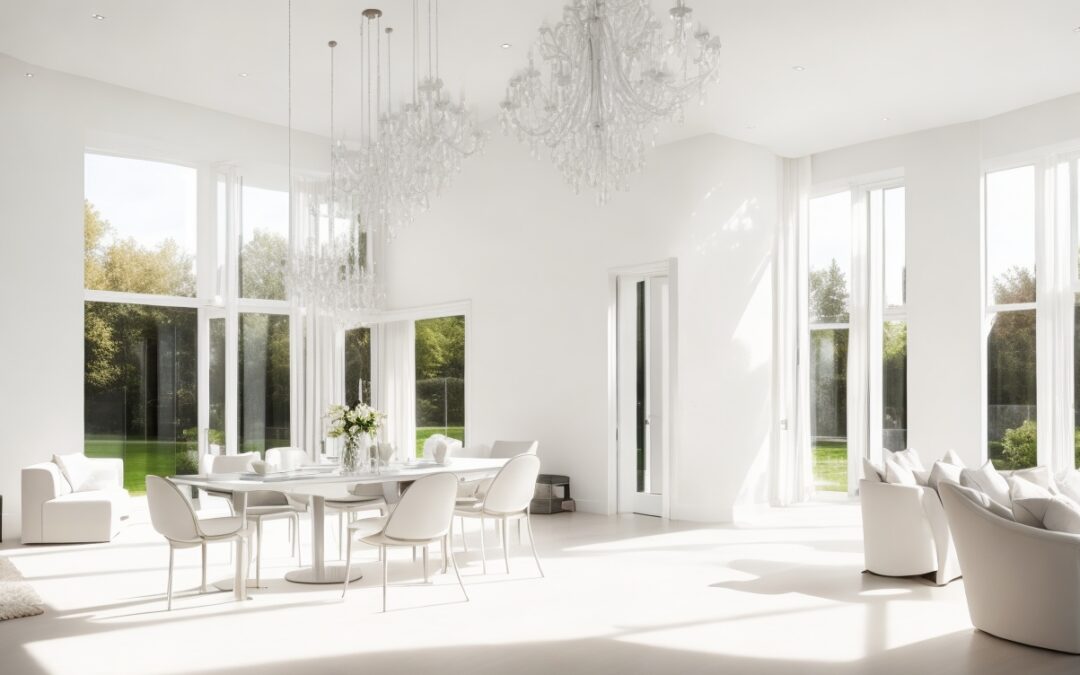Custom residential lighting design is an essential aspect of interior design in the UK. It plays a crucial role in enhancing the aesthetics of a home while also impacting the environment, mood, functionality, and energy efficiency. This article will provide an in-depth analysis of custom residential lighting design services in the UK, top lighting designers and manufacturers, different types of lighting, case studies, the latest trends, and tips for choosing a lighting designer.
The Importance of Custom Residential Lighting Design
One of the main reasons homeowners opt for custom lighting design is to create a unique atmosphere in their homes. The right lighting can create a warm, inviting ambiance or a cool, contemporary vibe. The careful selection and placement of lights can accentuate architectural features and define different living spaces.
Lighting has a significant impact on mood and overall well-being. Proper illumination can improve productivity and focus in a home office or create a soothing atmosphere in a bedroom. Custom residential lighting design ensures that the right balance of lighting is achieved in each area of the home.
Energy-efficient and sustainable lighting solutions are increasingly popular in the UK, as homeowners become more environmentally conscious and strive to reduce energy costs. Custom lighting design allows homeowners to choose energy-saving options such as LED lights and smart lighting systems. These choices can substantially decrease energy usage and contribute to a greener environment.
Key Players in UK Residential Lighting Design
The UK boasts numerous skilled lighting designers and manufacturing companies. Here are a few worth mentioning:
-
Lighting By Plum is a bespoke lighting design company that focuses on creating tailor-made solutions for each client. Their expertise spans traditional and modern styles, ensuring a distinctive lighting design for every project.
-
Sian Baxter Lighting Design offers a personalised approach by collaborating closely with clients. They create custom lighting designs that are both functional and attractive, transforming spaces and enhancing their overall look and feel.
-
Hampshire Light specialises in residential lighting design and consultation. Their team of professional designers works with clients to create unique, energy-efficient lighting solutions that complement the home's interior design.
-
Suzy Dallas Lighting Design provides a range of services, including lighting consultations, design, sourcing, and project management. Their focus is on creating beautiful and innovative lighting solutions tailored to each space.
Understanding Different Types of Lighting
Ambient lighting, often called general lighting, provides an overall illumination to a room. It can be achieved through ceiling fixtures, recessed lighting, or wall-mounted fixtures that diffuse light evenly throughout the space.
Task lighting is focused, bright light designed for specific tasks such as reading, cooking, or working at a desk. Examples include desk lamps, under-cabinet lighting, or pendant lights above a kitchen island.
Accent lighting highlights certain features or objects in a room, like artwork, architectural details, or bookshelves. This type of lighting is often used to create a focal point and can be achieved using wall sconces, track lighting, or spotlights.
Decorative lighting is primarily used to create a visual statement or add character to a room. These fixtures may not provide adequate light for specific tasks, but they contribute to the overall ambiance and style of the space. Examples include chandeliers, ornate wall sconces, or bold pendant lights.
Process of Custom Residential Lighting Design
A successful custom lighting design begins with an initial consultation between the lighting designer and the client. This is an opportunity to discuss the vision for the project, share ideas, and understand the client's needs, preferences, and budget.
Based on the initial consultation, the lighting designer creates a detailed lighting plan. This includes the layout of lights, types of fixtures, and a specification of brightness levels, colours, and control systems.
Once the plan is approved, the designer works with the client to select the appropriate lighting fixtures. This may involve sourcing products from various manufacturers or collaborating with artisans to create custom pieces.
Once the fixtures are selected and delivered, the installation process begins. After installation, the designer may make adjustments to ensure the lighting achieves the desired effect. Factors like brightness, colour temperature and beam angles may require fine-tuning for optimal results.
Trends in Custom Residential Lighting Design
Smart lighting has become increasingly popular in recent years. Homeowners can control their lighting remotely through an app or through voice control, making it easier than ever to adjust brightness, colour, and on/off schedules. Integration with home automation systems allows for seamless control of lighting.
LED lighting continues to be a prevalent trend due to its energy efficiency and long-lasting properties. LED lights consume significantly less energy than traditional incandescent or halogen bulbs, making them an eco-friendly choice for homeowners looking to reduce their carbon footprint.
Tips for Choosing a Lighting Designer in the UK
When selecting a lighting designer for your project, consider their experience, portfolio, client testimonials, and communication style. Make sure they have a thorough understanding of your needs and design preferences.
Before hiring a lighting designer, ask about their design process, timeline, fees, and preferred lighting technologies. Request examples of their previous work and inquire about their thoughts on current lighting trends.
Custom residential lighting design in the UK is an integral aspect of interior design, capable of transforming a home's aesthetic, functionality, and energy efficiency. By collaborating with experienced designers and leveraging the latest trends and technologies in the industry, homeowners can create unique, bespoke lighting solutions tailored to their specific needs and preferences.
Lighting Controls for Mood and Convenience
As part of the custom residential lighting design process, the integration of advanced lighting controls can drastically enhance a home’s atmosphere and functionality. These controls offer the ability to create mood lighting, adjust light intensity through dimming, and provide convenient management through app controls.
Mood Lighting
Mood lighting involves the strategic adjustment of lighting levels, colours, and placement to create a specific atmosphere or evoke particular emotions in a space. Some aspects of mood lighting include:
-
Colour temperature and tunable white: By using lights with variable colour temperatures or tunable white features, homeowners can adjust the warmth or coolness of the light to create different moods. For example, warmer tones (with a lower Kelvin value) can create a cozy, inviting ambiance, while cooler tones (with a higher Kelvin value) can produce a more energising, modern atmosphere.
-
RGB and RGBW LED: RGB (red, green, blue) and RGBW (red, green, blue, white) LED lights allow for colour mixing to create virtually any hue, enabling customization of the room's lighting to achieve a specific atmosphere. With these lights, users can change colours to match a theme, evoke a specific emotion or create a striking visual effect.
Light Dimming
Effective use of dimmers can significantly impact the ambiance of a home by giving homeowners the ability to control the intensity and distribution of light in a space. Some benefits of dimming include:
-
Adaptable lighting: Being able to control the dimming levels allows homeowners to set the perfect ambiance for various activities, such as watching a movie, hosting a dinner party, or relaxing with a book. The right intensity of light can substantially impact the mood and feel of the room.
-
Energy savings: Dimming your lights not only creates a desirable ambiance but also helps reduce energy consumption. By reducing the intensity of the light output, homeowners can save energy and lower their electricity bills.
-
Extended bulb lifespans: In addition to energy savings, dimming lights can extend the lifespan of bulbs. Reducing the intensity of the light output can alleviate the stress on the bulbs, prolonging their service life and resulting in fewer replacements.
Lighting App Control
Integration of smart technology into residential lighting design has given rise to app-controlled lighting systems, offering increased convenience and functionality to homeowners. Smartphone apps, often provided by the lighting manufacturers or designers, allow the user to control multiple aspects of their lighting. Some advantages of app-controlled lighting are:
-
Remote access: Lighting apps provide homeowners with the ability to manage their lights from any location with internet access. This feature can be particularly useful for security by creating the illusion of occupancy when away from home.
-
Customisable scenes and schedules: With app-based lighting controls, homeowners can create custom scenes or schedules for various moments throughout the day or week. For example, a morning scene could gradually increase light levels to mimic a sunrise, while a weekday evening schedule might dim the lights and adjust the colour temperature to create a cozy ambiance.
-
Integration with smart home systems: App-controlled lighting systems can often be integrated with other smart home devices, such as thermostats, security systems, or speakers. This interconnectedness enables seamless control of the entire home ecosystem from one platform, offering significant convenience and adaptability.
The inclusion of innovative lighting controls in custom residential lighting design not only enhances mood and aesthetics but also improves energy efficiency and convenience for homeowners. By incorporating dimming, mood lighting, and app-controlled features, modern lighting design supports a harmonious and comfortable living environment for UK homeowners.
FAQs
What is the difference between ambient, task, accent, and decorative lighting?
Ambient lighting provides overall illumination for a room, ensuring a comfortable light level throughout the space. Task lighting is focused, bright light specifically designed for performing tasks like reading, cooking, or working at a desk. Accent lighting highlights particular features or objects in a room, such as artwork or architectural elements. Decorative lighting contributes to the room's style and ambiance with visually interesting fixtures, like chandeliers or ornate wall sconces.
How do lighting controls help create mood lighting?
Advanced lighting controls allow homeowners to adjust various aspects of their lighting, such as colour temperature, hue, intensity, and placement, resulting in the ability to create specific moods or ambiances. Features like tunable white and RGB or RGBW LEDs enable the adjustment of the warmth or coolness of the light as well as the creation of custom colours, providing diverse options for mood lighting.
What benefits does light dimming offer in custom residential lighting design?
Dimming lights can not only create a desirable ambiance by allowing the homeowner to control the intensity of light output but also save energy and extend the lifespan of the bulbs. By reducing the intensity, energy consumption decreases, resulting in lower electricity bills. Reduced light intensity also alleviates stress on the bulbs, prolonging their service life.
How do app-controlled lighting systems work, and what are their advantages?
App-controlled lighting systems involve the use of smartphone apps provided by lighting manufacturers or designers, which allow homeowners to control various aspects of their lighting, such as brightness, colour temperature, and scheduling, from any location with internet access. The advantages include remote access, customisable scenes and schedules, and integration with other smart home systems for seamless control of the entire home ecosystem.
What factors should I consider when choosing a lighting designer?
When selecting a lighting designer, consider their experience, portfolio, client testimonials, and communication style. Look for designers with an understanding of your needs, design preferences, and a proven track record in custom residential lighting projects. Ask about their design process, timeline, fees, preferred lighting technologies, and thoughts on current lighting trends to ensure they are the right fit for your project.
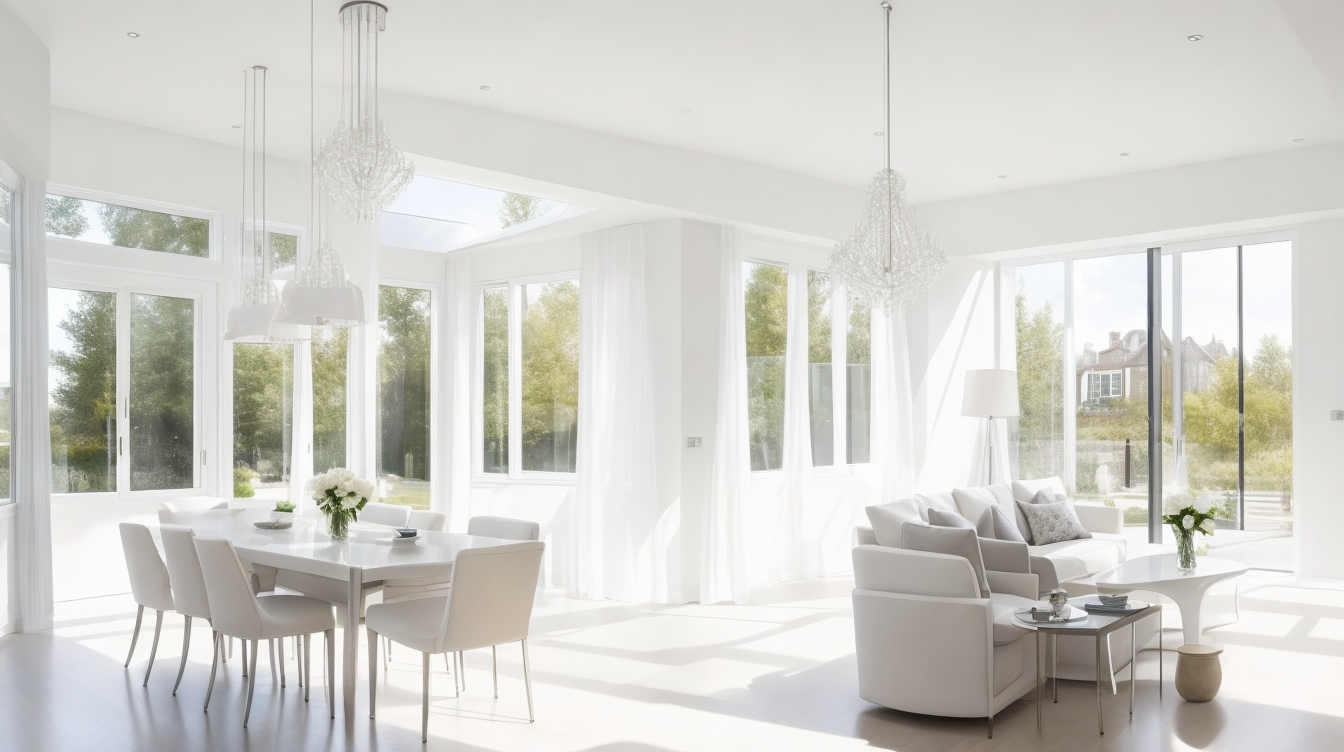
Rako Lighting Controls Systems
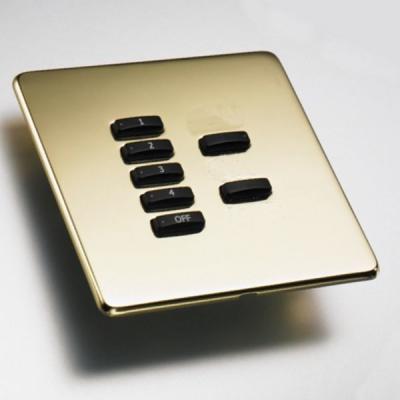
Rako Keypads
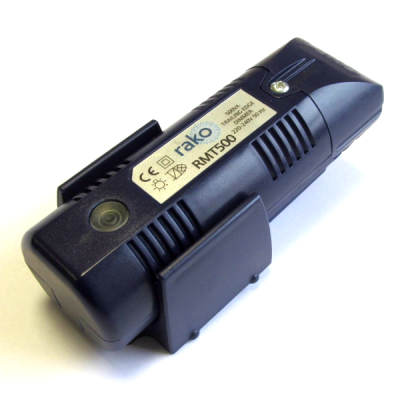
Rako Dimmers
